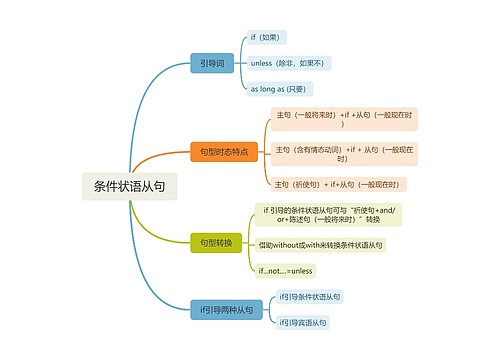今天是二十四节气中的冬至(Winter Solstice),是中华民族的传统节日。冬至在太阳到达黄经270°时开始,时于每年公历12月22日左右。
冬至过节源于汉代,盛于唐宋,相沿至今。《清嘉录》甚至有“冬至大如年”之说。这表明古人对冬至十分重视。
那么,你知道冬至的英文该怎么说吗?Ancient china did pay great attention to this holiday, regarding it as a big event.
There was the saying that "Winter solstice holiday is greater than the spring festival".
冬至是中国传统二十四节气(the 24 traditional Chinese solar terms)中的第二十二个节气,英文表达为Winter Solstice。
“Solstice”这个词我们不太看到,因为它的意思很特别,表示“the time of either the longest day in the year(about June 22) or the shortest day in the year (about December 22)”。
一年中最长的一天(大约6月22日)或是一年中最短的一天(大约12月22日)。 这么看来,这个词的用武之地似乎局限性很大了。
基本上也就用在“Winter Solstice”(冬至)以及“Summer Solstice”(夏至)之处。From then on, the days become longer and the nights become shorter.
The Winter Solstice also marks the arrival of the coldest season in the year. 自此以后,白昼的时间变得越来越长而夜晚则会越来越短。
冬至也标志着一年中最寒冷的季节的到来。据历史学者介绍,3000多年前,周朝以“日影”最长的一天作为新一年的开始。
从这个意义上说,冬至就是曾经的年。所以中国有句古话说:“冬至大如年”。
As early as Zhou Dynasty, people worshipped the gods on the day of the Winter Solstice, which was also the first day of the new year.
The Winter Solstice became a winter festival in Han Dynasty. The celebratory activities were officially organized. On this day, both officials and common people would have a rest.
早在周朝时期,人们会在冬至当日,也就是当时新年的第一天祭拜神灵。汉朝时,冬至成为了冬天的节日,朝廷会举行正式的庆祝活动。
这一天,百官和庶民都会停工歇息。在随后的朝代,如唐、宋、元朝,冬至这天要进行祭神祭祖。
至明清时期,冬至依旧长盛不衰,民间又有“肥冬瘦年”之说,可见这一节气的重要。
After this day, many places in China go through the coldest period, which is called in Chinese, “Shu Jiu”.
In total, there are nine periods with nine days for each. In the first and second nine days, people keep their hands in pockets;
in the third and fourth nine days, people can walk on ice; in the fifth and sixth nice days, people can see willows along the river bank;
in the seventh and eighth nine days, the swallow comes back and in the ninth nine days, the yak starts working.
从冬至以后,中国的绝大部分地区都会经历最寒冷的时期,中国人叫它”数九“。这一共有九个时期,每个时期分别有九天。
在”一九“和”二九“,手放口袋就能避寒;”三九“和”四九“,路上会结冰;”五九“和”六九“,可以看到河岸边柳树抽芽了
在”七九“和”八九“,燕子回归,在最后的”九九“,牛开始犁地。

 U482683014
U482683014
 U182637395
U182637395












